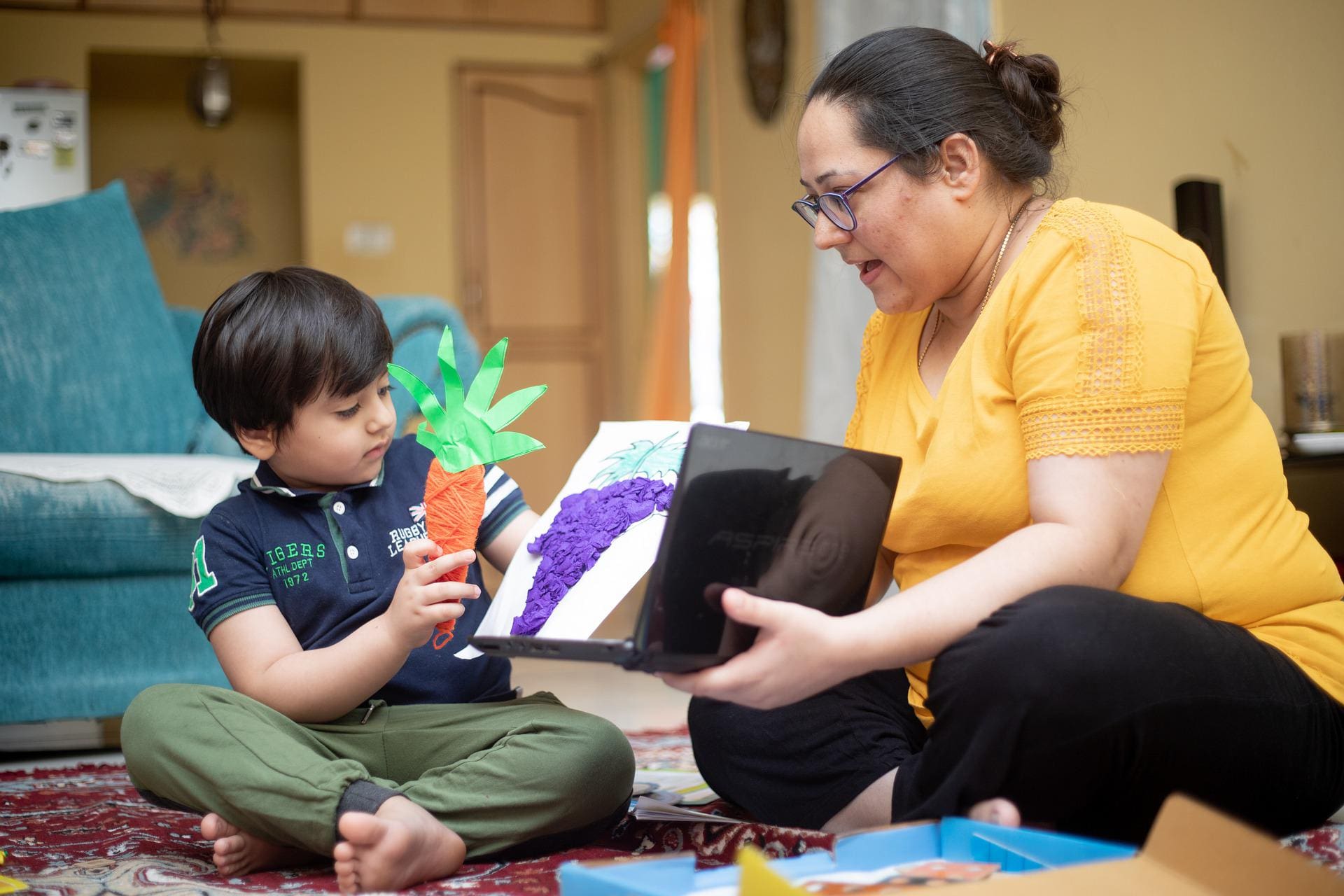There is no denying that the internet is a dangerous place. As technology has become integral to nearly all aspects of life, the amount of time spent online for all demographics has steadily increased over the years. As people rely on devices to access information, communicate with others, and control applications, technology has also become prominent in the lives of many children around the world.
While we tend to focus on the many ways technology can benefit our lives. However, there is a dark side to too much exposure or exposure to the wrong content – especially to the developing minds of children. Social media use has been particularly contentious. Almost two-thirds of adult Americans report that social media negatively impacts the country. Despite the many worries about social media use, it is still very attractive for children. While there are age restrictions on using many of these sites, children with access to devices can easily find ways around these restrictions.
Internet monitoring
Many parents believe that they are adequately monitoring their children’s use of the internet. However, much of the harmful content and predatory encounters can occur even while parents are in the same room. Tania Haigh, Founder of the Kids TOO Movement, sums this up by stating, “Parents can find themselves too ‘laxed’ when it comes to what their kids are watching online because, more often than not, parents don’t see the harm. This is because parents are unaware of how much inappropriate content exists and the tactics predators use to groom children with messages that are made to look ‘fun.’”
But the reality is that there is far more dangerous and inappropriate content that children can easily access than most parents think. And the extent of the problem became readily apparent during the pandemic. More than 21.7 million cases of inappropriate incidents have been reported to the CyberTipline in the last couple of years. These incidents occur on commonly used platforms, including Facebook, YouTube, Snapchat, TikTok, and Instagram.
Unmoderated chat rooms
Additionally, many of these incidents expose children to child sexual abuse material, sexism and racism, gambling, swearing and profanity, and sites that encourage terrorism, cruelty, eating disorders, and suicide. Unmoderated chat rooms also allow predators to engage in explicit conversations with children.
And while many tech and social media companies have safety tools to prevent child predation, there has never been sufficient technology or resources to adequately address all online threats. The bottom line is that parents must step up their game if they truly want to keep their children safe while using digital devices.
Online safety tips

Haigh offers us several tips that can increase online safety for children, including the following:
- Talk to your children about internet safety. If your children are old enough to be online, they need to be prepared for it. While you don’t have to go into graphic details about how predators use the internet, you can explain potential threats, such as grooming strategies, so your children can alert you if they encounter anything suspicious. It’s crucial to clearly explain online threats to your children and teach them internet safety skills.
- Disable the chat feature in apps and platforms. So much of the predatory behavior children face now comes from unmonitored chat rooms. Disabling this feature ensures that your children won’t communicate with anyone while using the apps or platforms you wish to control.
- Set limits for online use. You can limit the people your children can interact with by limiting their time online. While this doesn’t automatically ensure they won’t be exposed to predators, it does help you monitor how they are using online platforms. In addition, it’s a fact that more predatory behavior occurs after 8 PM than earlier in the day. Therefore, putting your children’s phones and devices away after that time (or before their bedtime) can further decrease your child’s odds of encountering a predator. Also, you cannot monitor their usage if the device is with them in bed and you are asleep in yours.
A combination of strategies is needed
While it would be nice to know that your children are 100% safe when online, there is no magic bullet to achieve this goal. Protecting children often comes through a combination of strategies, which mostly fall to the parents to complete. The strategies listed here can help parents prevent their children from coming into the crosshairs of a child predator. More importantly, these conversations and boundaries help create a dialogue between parents and children about online dangers and strategies to stay safe. This action can help your child be more comfortable approaching you if they experience concerning communication.
Conclusion
Additionally, it is important for parents to alert the proper authorities if they discover their child is interacting with a potential child predator online. They can contact their local police department and FBI field office to determine the appropriate steps. There are hundreds of thousands of registered predators in the country and many more that are not on anyone’s radar. We must all work together to keep children safe from these dangerous predators.
Featured Image by Anil sharma from Pixabay





